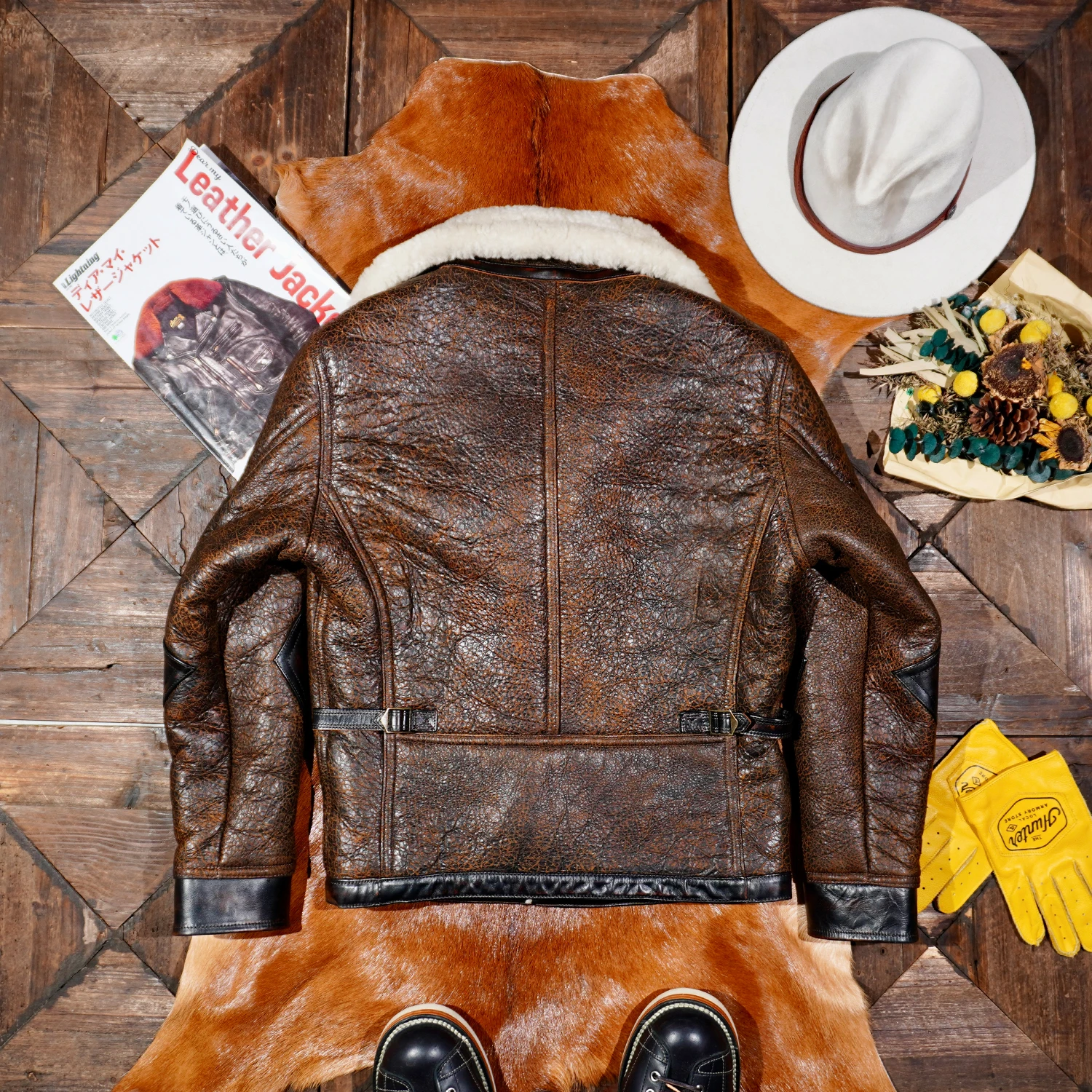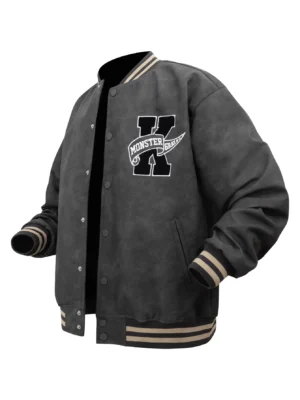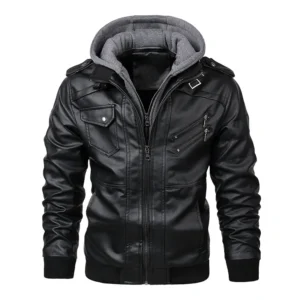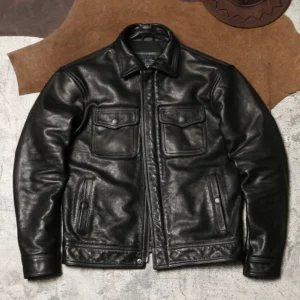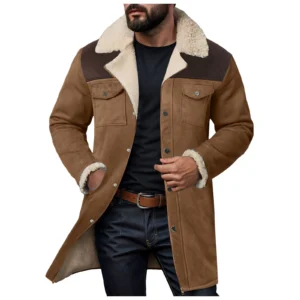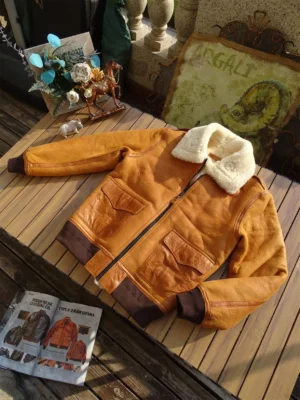Introduction
Sheepskin and shearling are related but not identical materials, though they’re often confused in the world of luxury outerwear. While both come from sheep, shearling is actually a specific type of sheepskin that’s processed in a particular way. Sheepskin refers broadly to the hide of a sheep that may or may not include the wool, while shearling specifically refers to sheepskin where the wool remains attached to the leather and is processed as a single piece.
Understanding these differences matters when you’re investing in premium outerwear or home goods. The distinction affects not only the price you’ll pay but also the warmth, durability, and care requirements of your purchase. Making an informed choice ensures you get exactly what you’re looking for and know how to maintain it properly.
In this article, we’ll explore comprehensive details about both materials, their key differences, and how to identify quality products. The comprehensive guide comparing shearling and sheepskin can provide even deeper insights, but we’ll cover the essential information you need right here.
What is Sheepskin? The Complete Definition
Sheepskin, in its broadest sense, refers to the processed skin of a sheep. This versatile material can take many forms depending on how it’s processed. Sometimes the wool remains attached, while in other cases, it’s completely removed, resulting in leather. The term “sheepskin” encompasses all products made from sheep hide, regardless of how they’re finished or what parts are preserved.
The processing of sheepskin typically involves cleaning, tanning, and treating the hide to preserve it and make it suitable for use in various products. The tanning process transforms the raw skin into durable leather that resists decay while maintaining flexibility and softness.
Sheepskin’s natural properties make it exceptionally valuable for many applications:
- Natural insulation that keeps you warm in winter and cool in summer
- Breathable material that wicks away moisture
- Durable yet soft texture
- Hypoallergenic qualities beneficial for sensitive skin
Different sheep breeds produce varying qualities of sheepskin, with Merino often considered among the finest for its exceptionally soft, dense wool. For those interested in quality outerwear, our men’s sheepskin coat collection showcases the versatility and luxury of this material.
What is Shearling? The Specific Type of Sheepskin
Shearling is a premium subset of sheepskin with distinct characteristics that set it apart. True shearling comes from sheep that have been shorn just once before processing, typically younger animals that produce softer, more uniform wool. The defining feature of shearling is that the wool remains attached to the hide during the tanning process, creating an integrated material.
What makes shearling special is this unified construction—the wool and leather are one piece, not sewn together. In authentic shearling products, you’ll typically find:
- The suede or leather side faces outward in garments
- The soft, shorn wool faces inward, providing insulation
- A uniform wool length (usually about 1/2 inch to 1 inch)
- Exceptional softness and plush texture
- Superior insulation properties
The production of shearling requires specialized tanning methods that preserve both the wool and the hide simultaneously, making it more labor-intensive and expensive than standard sheepskin processing.
Shearling is most commonly used in premium outerwear, particularly luxurious winter coats, aviation-style jackets, and high-end footwear. For those seeking authentic quality, our men’s shearling coat collection features genuine shearling garments that exemplify the material’s unique properties.
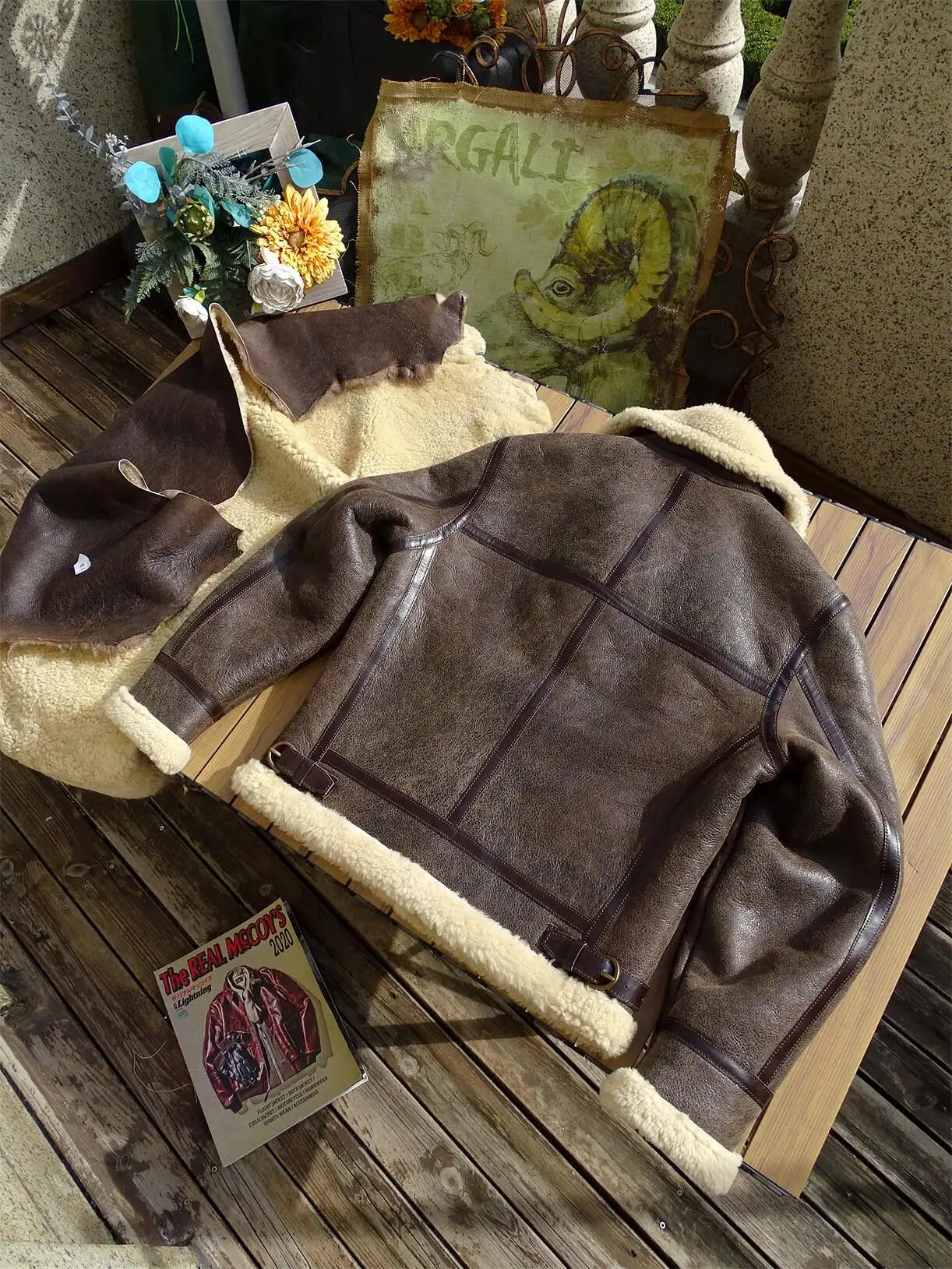
The Relationship: All Shearling is Sheepskin, Not All Sheepskin is Shearling
The relationship between sheepskin and shearling is comparable to the relationship between squares and rectangles. All squares are rectangles, but not all rectangles are squares. Similarly, all shearling is sheepskin, but not all sheepskin is shearling.
Think of it this way: shearling is a specialized, premium subcategory of sheepskin that meets specific criteria regarding how it’s processed and what parts are preserved. Many sheepskin products—like rugs where the wool is removed from one side, medical-grade sheepskin pads, or sheepskin leather gloves—don’t qualify as shearling because they don’t maintain the integrated wool-and-leather construction that defines true shearling.
This distinction becomes particularly important when shopping for premium outerwear and footwear, where the key differences between shearling and sheepskin directly impact performance, comfort, and value.
Key Differences: Comparing Sheepskin and Shearling Side by Side
When deciding between sheepskin and shearling products, understanding their distinct characteristics helps you make the right choice for your needs:
| Characteristic | Sheepskin | Shearling |
|---|---|---|
| Source | Any sheep, various ages | Typically younger sheep or lambs |
| Wool | May be present or removed | Always present, uniform length |
| Processing | Various methods depending on desired end product | Specialized tanning with wool intact |
| Appearance | Varies widely based on processing | Suede/leather outside, wool inside |
| Texture | Ranges from smooth leather to woolly | Consistent plush wool on one side, suede on the other |
| Warmth | Varies by type and wool presence | Exceptional insulation properties |
| Weight | Generally lighter, varies by type | Typically heavier due to wool component |
| Durability | Good to excellent depending on processing | Excellent with proper care |
| Price | Moderate to high | Premium (typically higher than regular sheepskin) |
These differences become especially important when considering outerwear for winter conditions. The performance comparison of shearling versus sheepskin in winter wear shows how each material handles extreme temperatures and moisture differently.
Identifying Quality: How to Tell Genuine Shearling from Other Materials
With premium materials like shearling commanding higher prices, it’s essential to know how to identify authentic products. Here’s how to distinguish genuine shearling from regular sheepskin or synthetic alternatives:
The Pull Test: Gently tug on the wool fibers. In genuine shearling, the wool and leather are one piece, so the entire material will move together. If the wool seems separately attached or comes loose, it’s not authentic shearling.
Examine the Edges: Look at the edges or seams of the garment. Authentic shearling shows both the suede/leather and wool as one continuous material.
Weight and Feel: Genuine shearling has a substantial weight and distinctively soft feel. The wool should be dense yet plush, while the leather side should be supple.
Price Consideration: If the price seems too good to be true, it probably is. Quality shearling commands premium prices due to its specialized processing and limited supply.
Watch for Misleading Terms: Be wary of phrases like “shearling-style,” “shearling-look,” or “faux shearling.” These indicate synthetic materials or construction methods that mimic but don’t replicate genuine shearling.
Common synthetic alternatives include:
– Sherpa (polyester material with a wool-like appearance)
– Faux sheepskin (typically acrylic or polyester)
– Pile fabrics (synthetic materials with raised surfaces)
For more detailed guidance on distinguishing between materials when shopping, our guide on how to tell if a jacket is shearling or sheepskin provides additional tips and visual cues to look for.
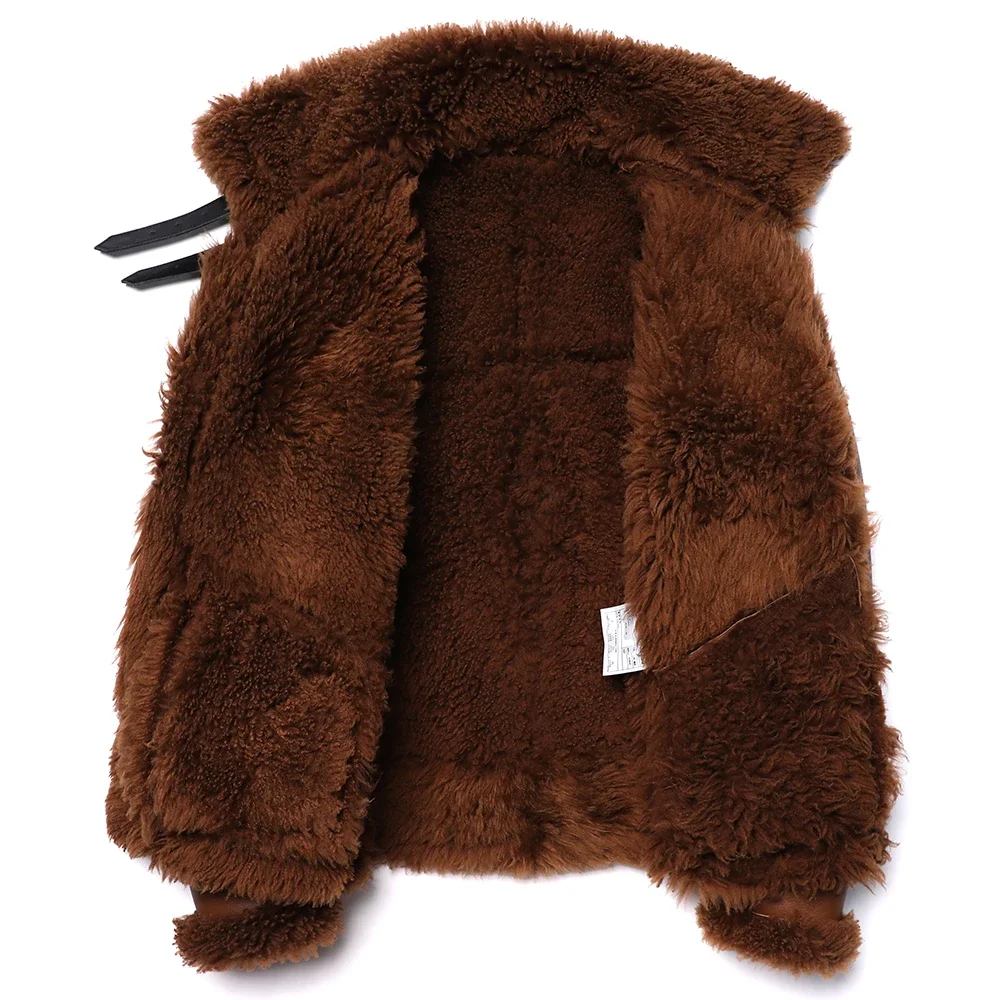
Benefits and Features of Genuine Shearling Products
Genuine shearling offers exceptional benefits that justify its premium status:
Unmatched Insulation: The natural wool fibers create countless tiny air pockets that trap body heat, providing superior warmth without bulk.
Temperature Regulation: Unlike synthetic materials, shearling breathes naturally, keeping you warm in cold weather and preventing overheating when temperatures rise.
Moisture Management: Wool can absorb up to 30% of its weight in moisture while still feeling dry to the touch, keeping you comfortable in changing conditions.
Durability: With proper care, a quality shearling coat can last decades, developing character and patina over time.
Natural Comfort: The softness against the skin and flexibility of movement make shearling exceptionally comfortable for extended wear.
Hypoallergenic Properties: Natural lanolin in the wool has antibacterial qualities, making shearling suitable for sensitive skin.
These enduring qualities help explain why shearling remains a coveted material for premium outerwear. The timeless appeal of shearling coats shows how this investment piece continues to deliver value year after year.
When to Choose Sheepskin vs. Shearling: Application Guide
Choosing between sheepskin and shearling depends largely on the intended use and your personal priorities:
Best Applications for Regular Sheepskin:
– Home décor items like rugs and throws
– Medical and comfort products such as bed pads for pressure sore prevention
– Car seat covers and accessories
– Footwear linings where the wool is needed but visibility isn’t important
– Budget-conscious applications that still require natural materials
Ideal Uses for Shearling:
– Premium outerwear for extreme cold weather
– Luxury aviator and bomber jackets
– High-end boots and slippers
– Winter accessories like hats, gloves, and earmuffs
– Statement fashion pieces where both appearance and performance matter
Climate considerations also play a role in your choice. In very wet conditions, regular sheepskin with treated leather might be more practical, while for dry cold, shearling’s superior insulation makes it the better option.
For those seeking the ultimate in winter protection with sophisticated style, our men’s leather shearling coats combine durability with luxurious warmth.
Mens Leather Coat, Mens Long Leather Coat
Price range: $225.22 through $235.58 Select options This product has multiple variants. The options may be chosen on the product pageMens Black Leather Coat, Mens Leather Coat
Price range: $181.52 through $197.20 Select options This product has multiple variants. The options may be chosen on the product pageMens Brown Leather Coat, Mens Leather Coat
$846.94 Select options This product has multiple variants. The options may be chosen on the product pageMens Shearling Coat, Mens Sheepskin Coat
$888.08 Select options This product has multiple variants. The options may be chosen on the product page- Price range: $96.28 through $130.88 Select options This product has multiple variants. The options may be chosen on the product page
Mens Shearling Coat, Mens Sheepskin Coat
$2,257.19 Select options This product has multiple variants. The options may be chosen on the product page
Care and Maintenance: Protecting Your Investment
Proper care ensures your sheepskin or shearling item remains beautiful and functional for years to come.
Care Instructions for Shearling:
– Store on wide, padded hangers to maintain shape
– Brush the wool regularly with a soft-bristled brush
– Allow to air dry naturally if it gets damp—never use direct heat
– Spot clean minor stains with a damp cloth and mild soap specifically for leather
– Shield from prolonged direct sunlight to prevent fading
– Seek professional cleaning for significant soiling or stains
Care Instructions for General Sheepskin:
– Follow specific care guidelines based on the type of sheepskin product
– For sheepskin rugs, shake out regularly and vacuum using low suction
– Blot spills immediately rather than rubbing
– Use specialized sheepskin detergents for washing when necessary
– Avoid bleach or harsh cleaning agents that can damage the leather
For detailed guidance on maintaining the leather portions of your garments, our guide on how to clean a leather coat at home provides safe, effective methods that won’t compromise the material’s integrity.
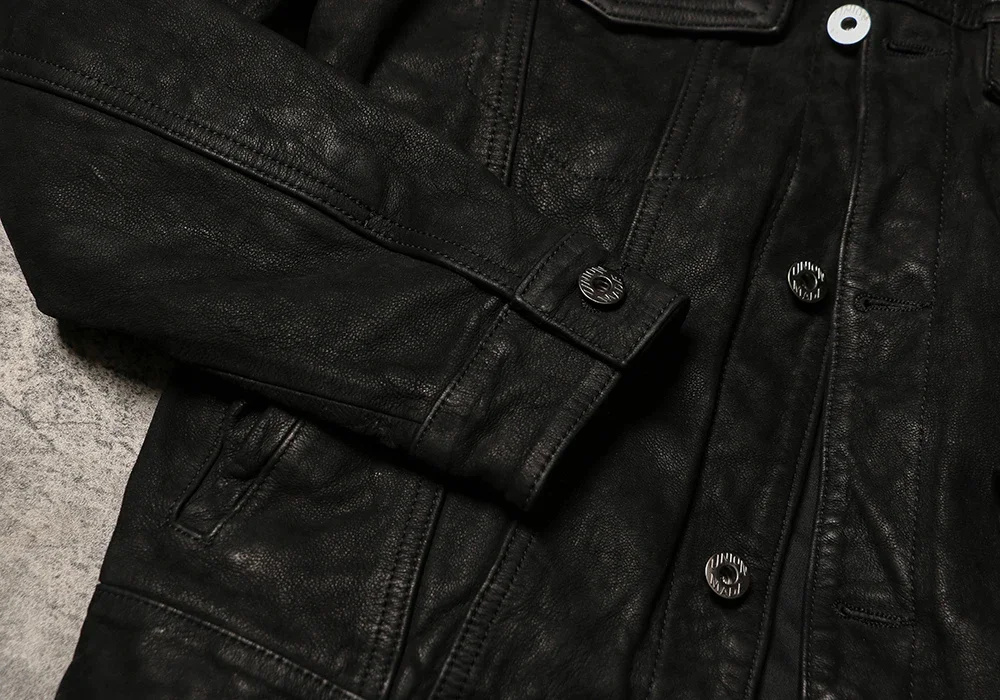
Are Synthetic Alternatives Comparable to Real Sheepskin or Shearling?
While synthetic alternatives have improved significantly, they still differ from natural materials in several key ways:
Warmth and Insulation: Synthetics can provide good warmth initially, but they don’t regulate temperature like natural fibers. Genuine sheepskin and shearling adapt to your body temperature, while synthetics tend to have a narrower comfort range.
Durability: High-quality shearling typically outlasts synthetic alternatives by years or even decades. While the initial investment is higher, the cost-per-wear often makes natural materials more economical in the long run.
Feel and Comfort: Even the best synthetics struggle to replicate the distinctive softness and breathability of natural wool. Synthetic materials often trap moisture and heat, creating discomfort during extended wear.
Environmental Considerations: This comparison is complex. While synthetics avoid animal use, they’re petroleum-based products that don’t biodegrade. Natural materials are biodegradable but require animal husbandry. Both have environmental impacts to consider.
For those specifically concerned about warmth in winter conditions, our detailed comparison of shearling versus sheepskin for winter warmth examines how these materials perform in extreme temperatures.
Common Misconceptions About Sheepskin and Shearling Clarified
Let’s address some frequent misunderstandings about these materials:
Is shearling always from lambs?
No. While younger sheep often produce softer, more desirable wool, shearling can come from sheep of various ages. The term refers to the processing method and wool treatment, not specifically to the age of the animal.
Are all products labeled “shearling” made from real shearling?
Unfortunately, no. Marketing terms can be misleading. “Shearling-look,” “shearling-style,” or simply “shearling” without clarification might refer to synthetic materials designed to mimic the appearance of genuine shearling.
Is shearling waterproof?
Not naturally. While the wool has water-resistant qualities and can absorb some moisture without feeling wet, untreated shearling is not waterproof. Many manufacturers apply water-resistant treatments, but proper care is still required in wet conditions.
Is all sheepskin as soft as shearling?
No. The softness varies widely depending on the breed of sheep, the animal’s age, and how the material is processed. Shearling typically undergoes specific processing to enhance softness, while other sheepskin products may prioritize different qualities.
Are “sherpa” and “shearling” the same thing?
No. Sherpa is a synthetic material designed to look like shearling. It’s typically made from polyester and lacks the temperature-regulating properties of natural shearling.
For those concerned about ethical considerations, our article on whether shearling is more ethical than fur provides context to help make informed decisions aligned with your values.
Investing in Quality: What to Look for When Purchasing
When shopping for premium sheepskin or shearling products, keep these quality indicators in mind:
Craftsmanship Checklist:
– Even, consistent wool length and density
– Supple leather without stiffness or brittleness
– Sturdy, reinforced seams that don’t pucker or pull
– Quality hardware (zippers, buttons) that operates smoothly
– Clean finishing on all edges and details
Questions to Ask Retailers:
– Is this genuine shearling or sheepskin?
– How should this specific item be cleaned and maintained?
– What type of tanning process was used?
– What is the expected lifespan with proper care?
Red Flags to Watch For:
– Prices significantly below market average
– Vague material descriptions
– Excessive shedding of wool fibers
– Chemical odors or overwhelming “leather smell”
– Stiff or plastic-feeling leather side
Understanding these differences helps ensure your investment delivers the quality and performance you expect. For specific guidance on choosing between materials for cold weather, our guide to selecting shearling or sheepskin for winter offers practical advice tailored to climate needs.
A quality sheepskin or shearling product represents a significant investment, but with proper selection and care, it can provide exceptional comfort and performance for many years. Whether you choose the specialized luxury of shearling or the versatile practicality of sheepskin, understanding the true nature of these materials ensures you’ll make a choice you’ll be satisfied with for years to come.

